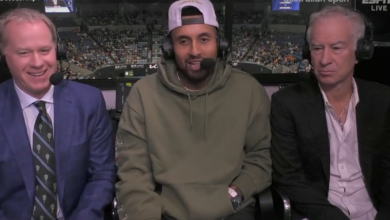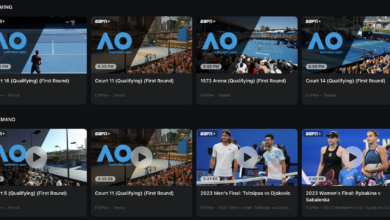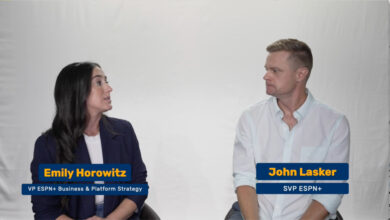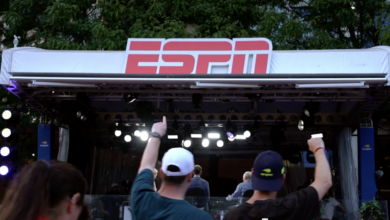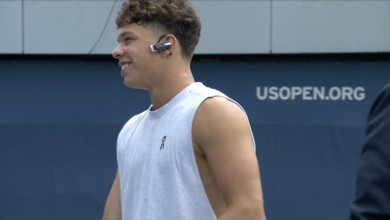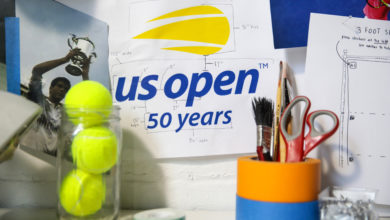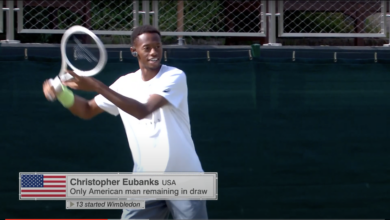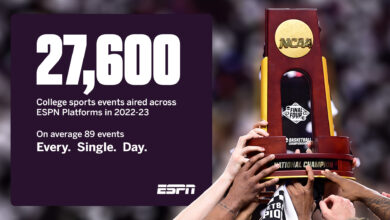Alvarez, Guillen and Pereira drive ESPN International’s US Open coverage

NEW YORK — ESPN International offers more than 170 hours of live television coverage of the US Open throughout Latin America and the Caribbean.
The coverage team includes: commentator Luis Alvarez, who’s also co-hosting ESPiaNdo’s daily recap of the US Open on ESPNdeportes.com and ESPNPlay.com; reporter Carolina Guillen, who also serves as co-host of ESPN Deportes’ #Redes and Béisbol Esta Noche; and reporter Nicolás Pereira, who was the Junior World Champion in 1988 and reached the 1995 US Open’s Round of 32.
Front Row caught up with the Venezuelan trio on the ESPN International set at the National Tennis Center.
You’ve been covering the US Open for the past 14 years. What year stands out most?
Alvarez: 2009 sticks out most. I met and interviewed Rafael Nadal and discovered he is a very humble, easygoing, and candid guy. Juan Martin Del Potro won the tournament that year by beating Roger Federer in the final. After the match, I started calling Del Potro the “Tower of Tandil” (he was born in Tandil, Argentina), which has become his official nickname.
Where does the US Open rank among your varied assignments?
Guillen: Covering the US Open is my favorite assignment. I used to cover the Davis Cup in Venezuela, but before the US Open, I never had the opportunity to cover a Grand Slam event. I really love to interact with tennis fans at the US Open. They are so knowledgeable about the sport.
You won the US Open Juniors in 1988 (as well as the French Open and Wimbledon Juniors) and played in the US Open as a pro five times. How does it feel being here as a reporter?
Pereira: It is different of course, but at the same time, you end up seeing the same people you worked with for so many years as a player. Many former players are now my colleagues. We still do what we used to do in the locker rooms back then: Watch the matches and comment on them. Now we do the same, except now we wear ties and can’t use the same language!
